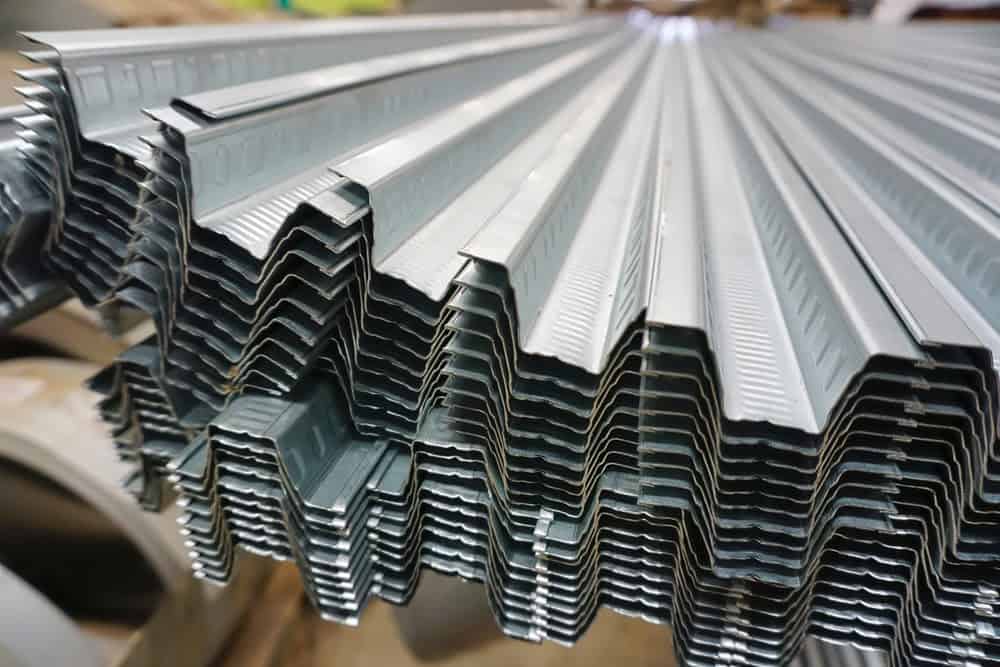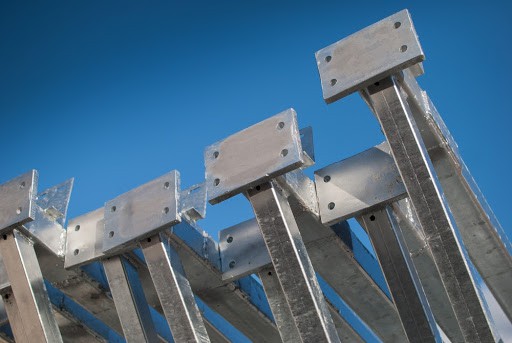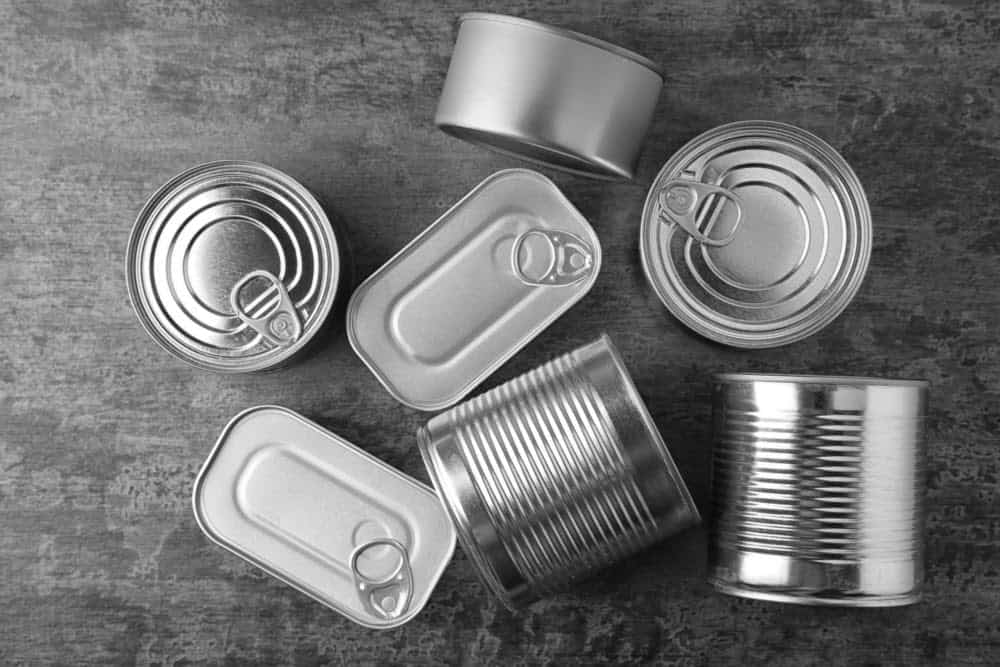
One of the most noticeable things about galvanized steel is the appearance of unique patterns on its surface. That’s one of the main ways to tell if steel has actually been galvanized. We often get asked if there can be different types of patterns and what each pattern means. Let’s consider how patterns can be […]
Read More



